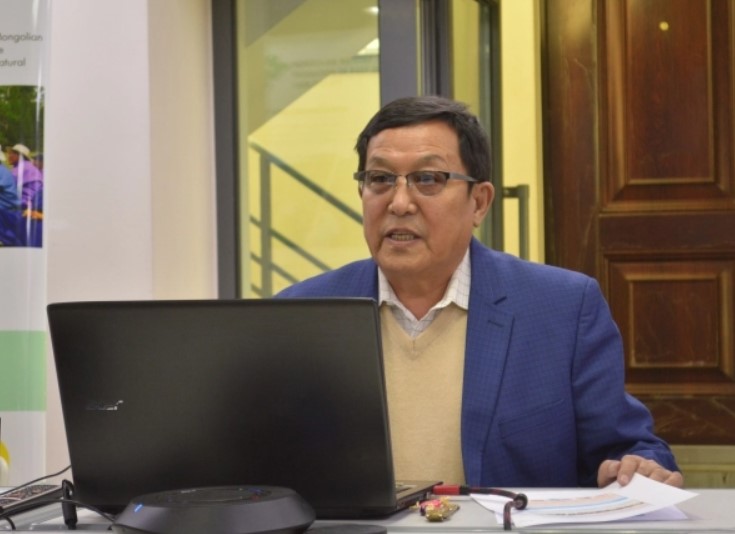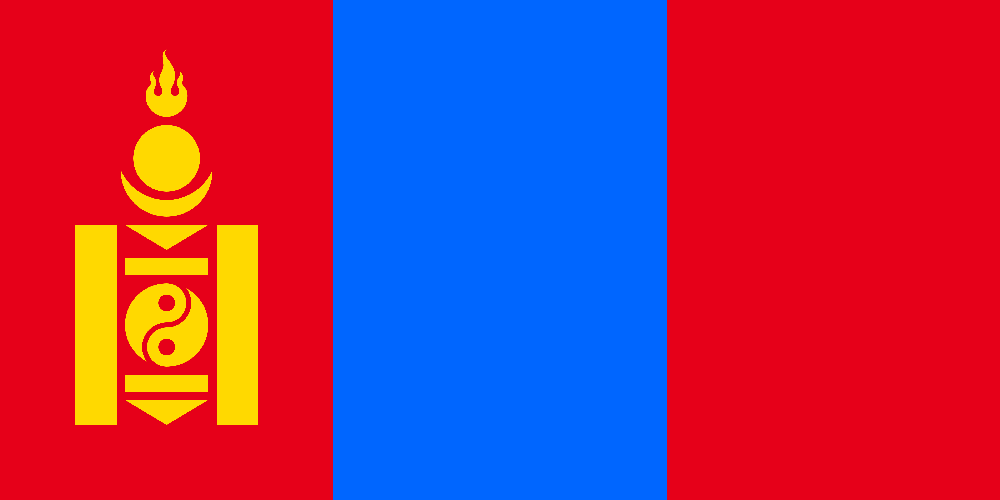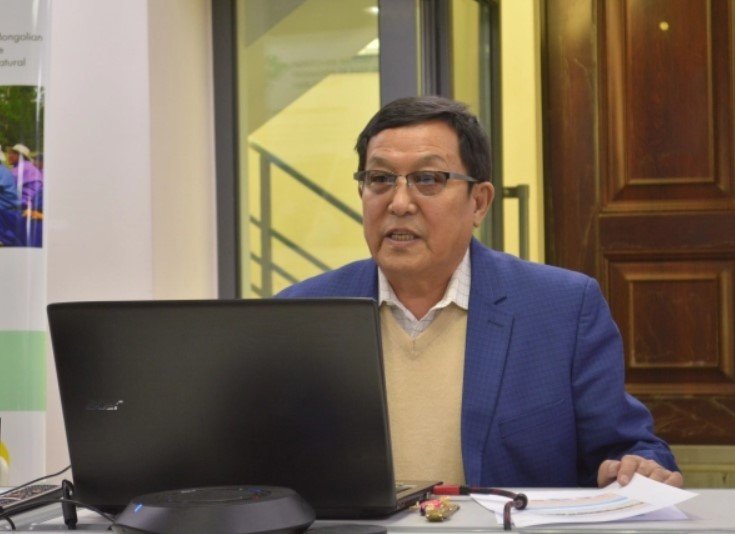 Some methodological recommendations are given by livestock breeding consultant Ch. Arildii on the training “Effects of the grazing taxes on livestock husbandry and grassland management practice” organized by National Federation of Pasture Users Groups of Herders.
Some methodological recommendations are given by livestock breeding consultant Ch. Arildii on the training “Effects of the grazing taxes on livestock husbandry and grassland management practice” organized by National Federation of Pasture Users Groups of Herders.
The most important role and responsibility of the Soum Citizen’s Representative Khural is to carefully survey and identify economic incentives for the introduction of environmentally friendly management related to the specific conditions of pastoral livestock production depending on the ecological zone where the soum or aimag is located, which is best adapted to climate and pastures of this region, has great economic benefits, does not have a negative impact on the environment, both livestock and grassland.
For this, it is recommended to pay attention to the following when establishing and spending the grazing taxes on livestock number:
- To determine accurately the carrying capacity, stocking rate and grassland condition of the soum (by the level of degradation - strong, small, medium, high, alert, etc.) for each bagh and PUGroups,
- Based on the carrying capacity, stocking rate and condition of specially winter and spring pastures, the corresponding number of animals converted to a sheep unit should be calculated;
- By ranking the five kinds of livestock according to the grazing land of soum and bag including PUG (camel-1, goat-2, sheep-3, cattle -4, horse-5, etc.), a suitable ratio of each kind of animals to the total population should be discussed and approved by the Citizen’s Khural at soum and bagh level;
- To calculate correctly, the number of livestock, converted to the sheep unit in the pasture, based on the actual number of five kinds of livestock (for example, camel - 3.5%, goat - 23.5%, sheep - 55.0%, cattle - 8.0%, horses - 10.0%., etc.) according to grassland characteristics;
- To determine correctly breeding objective of a given type of livestock in accordance with his productivity considering a traditional ecological suitable location of livestock population and demand of a target market in the place;
- To decide to be used which breed or strain for quality improvement of local livestock population in order to convert “quantity to quality and to accelerate economic circle;
- To be able to use “Computer program on herd turnover calculation for pastoral livestock production” with regard to livestock farming issue;
- According to the law, the grazing taxes on livestock number should be established by the Soum Citizen’s Khural, but the principle of full coverage of the entire livestock to a certain extent should be followed;
- To follow a principle to be different the grazing taxes on livestock number according to the carrying capacity, stocking rate and grassland condition including a suitable ratio of 5 kinds of livestock;
- To exempt from grazing taxes on superior sires to be herded under the Unit for livestock breeding, technological work and service due to a law on Animal Genetic Resources including nucleus herds (ewes, does and cows) which are used for selection and rearing young breeding male animals as replacements, selected and certified by professional authority;
- Developing and implementing of strategic plans for livestock quality improvement at soum level according to short and medium term strategic plans approved by order # A/15 of ministry, FALI, 2020. It is will be accurate decision fully agreed to “law on livestock taxes”;
- In accordance with the “Local Development Fund Operating Procedure”, investment programs, projects and activities to finance livestock quality improvement within the framework of the livestock population tax revenue to be centralized in the soum and district LDF:
- To support capacity building of the Unit for livestock breeding, technological work and service
- To finance procurement, herding and feeding of young breeding male animals and providing them with appropriate yards and grasslands in order to improve quality and demand of healthy breeding male animals






